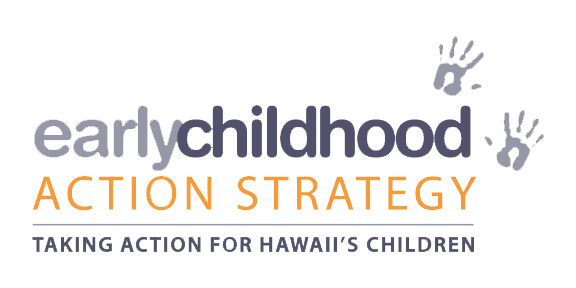CACFP Resource Mapping
Child and Adult Care Food Program (CACFP)
Early childhood is a critical time of physical, social, and emotional development. Research shows that limited or unstable access to nutritious food can disrupt this healthy development. Despite facing higher levels of food insecurity, families with young children often have access to fewer supports and services to access nutritious food.
The Child and Adult Care Food Program (CACFP) is an important federally funded program that increases access to nutritious, well-balanced meals for keiki in child care settings. ECE providers are essential partners in increasing food access and nutrition security and ensuring that our youngest keiki and their families can thrive.
CACFP has many wide-ranging benefits that underscore why participation in the program is a critical support. In addition to reducing food insecurity and offering assurance to families that their children will receive high-quality, nutritious meals each day, CACFP also strengthens the quality and financial stability of child care providers.
Beyond its findings, the story map is a testament to how ECE stakeholders can work together to share data, identify shared goals, and raise awareness of federally funded food programs like CACFP and NSLP within Hawai‘i. As integral partners in CACFP expansion, we hope to use this story map to inform decision-making on the continued strengthening of child care regulations and systems of support for ECE providers that promote equity, incentivize participation, and reduce the administrative burden of participation in CACFP.
The CACFP Participation Dashboard
Explores CACFP and the National School Lunch Program (NSLP) participation of child care and early learning programs statewide in Hawaiʻi.
Specifically highlights differences in CACFP and NSLP participation in various regions across the state and examines the potential for expanded participation in the context of food access and poverty.


